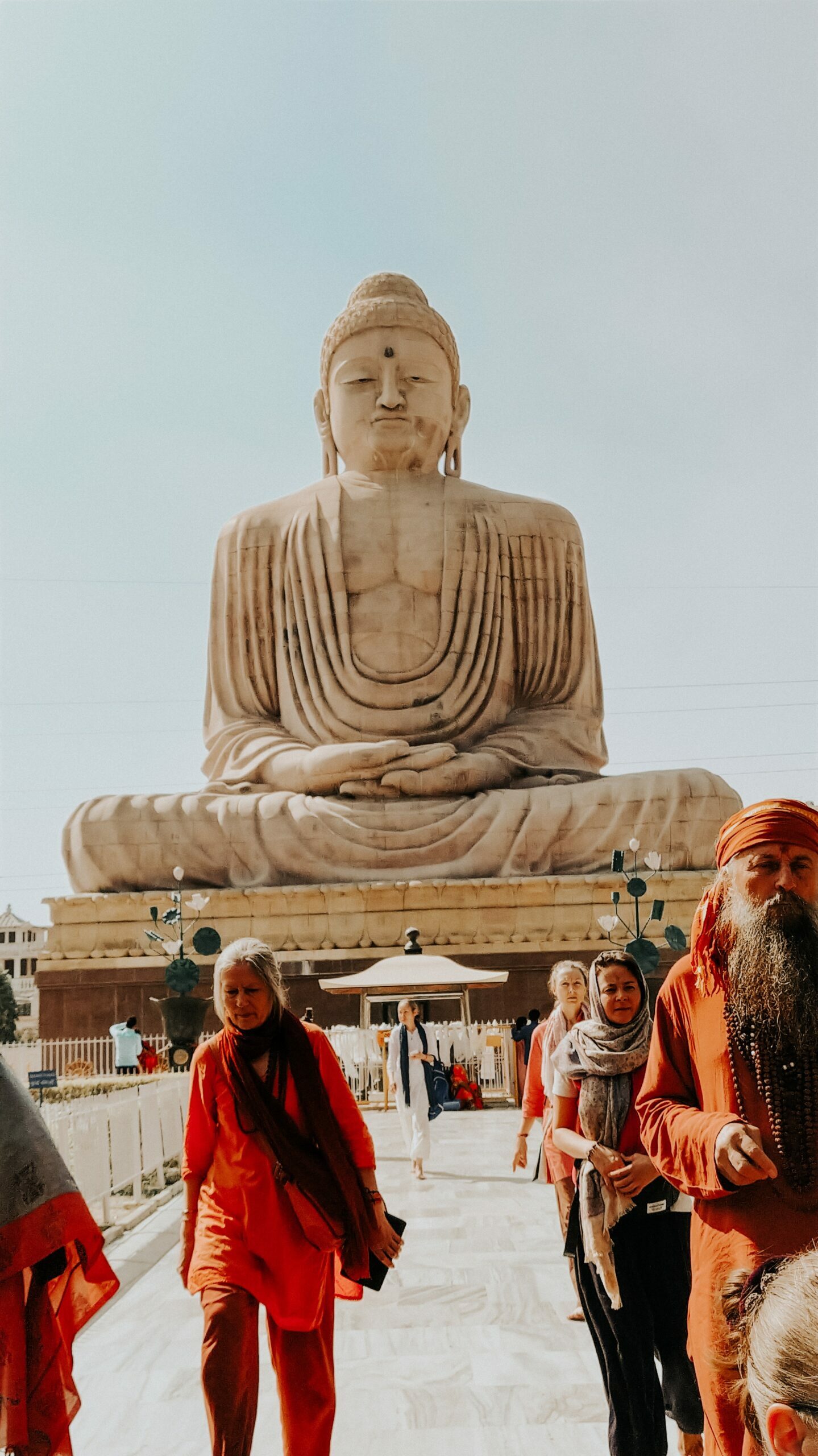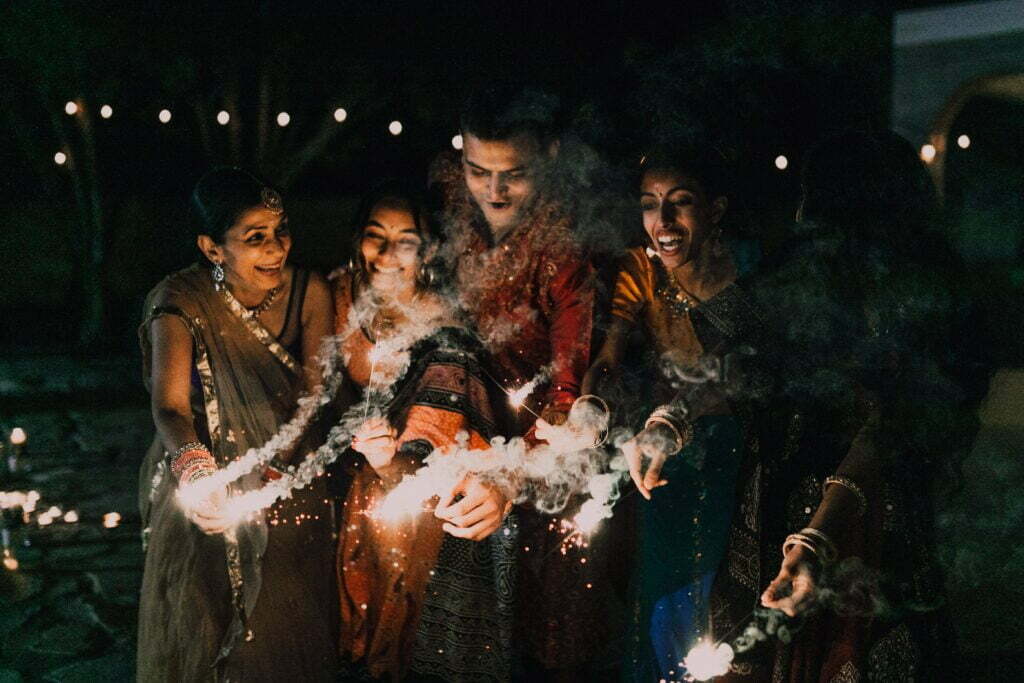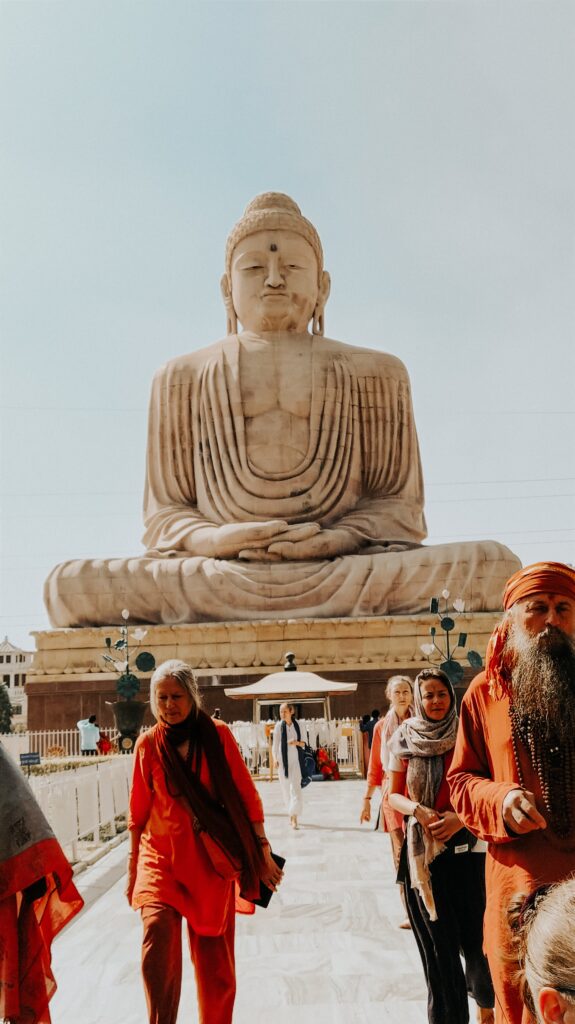
Indian culture is a blend of many things. Including social norms, ethical values, traditional customs, belief systems, political systems, artifacts and technologies. The term also applies to countries where Indians migrated or were colonized, particularly in Southeast Asia. India’s languages, religions, dance, music, architecture, food and customs differ from place to place within the country.
Religious culture in India.
“Religious culture is the shared values, beliefs, and behaviors that influence. The way people think, act, and feel about their religion.”
The Indian-origin religions Hinduism, Jainism, Buddhism, and Sikhism all base their beliefs on the concepts of dharma and karma. The philosophy of nonviolence, called ahimsa, is an important aspect of Indian religions. Mahatma Gandhi used civil disobedience to unite India during the Indian independence movement. This philosophy inspired Martin Luther King Jr. in the American civil rights movement. Foreign-origin religions and their followers, including Judaism, Christianity, Islam and Zoroastrianism, have also found shelter in India over the centuries. India has 28 states and 8 union territories with different cultures. It is the second most populated country in the world.
History

The Indian culture, which originated in the subcontinent several thousand years ago, has been influenced and shaped by a history that is thousands of years old. Indian culture has been heavily influenced by Dharmic religions. The influence of East/Southeast Asian cultures on ancient India and early Hinduism, specifically Austroasiatic groups such as early Munda and Mon Khmer, but also Tibetic and other Tibeto-Burmese groups, had a significant impact on local Indian peoples and cultures. Several scholars, such as Professor Przyluski, Jules Bloch, and Lévi, among others, concluded that there is a significant cultural. linguistic, and political Mon-Khmer (Austroasiatic) influence on early India, which can also be observed by Austroasiatic loanwords within Indo-Aryan languages and rice cultivation which was introduced by East/Southeast Asian rice-agriculturalists using a route from Southeast Asia through Northeast India into the Indian subcontinent.
Other religions & Followers
India is the birthplace of Hinduism, Buddhism, Jainism, Sikhism and other religions. Called Indian religions collectively, they are major forms of world religion along with Abrahamic ones. Today Hinduism and Buddhism are the world’s third and fourth-largest religions respectively, with over 2 billion followers altogether; possibly as many as 2.5 or 2.6 billion followers.
India is a culturally diverse country, with some of the most deeply religious societies and cultures. Religion plays a central and definitive role in the life of many Indians. Although India is a secular Hindu-majority country, it has a large Muslim population. Except for Jammu and Kashmir, Punjab, Meghalaya, Nagaland, Mizoram and Lakshadweep, Hindus form the predominant population in all 27 states and 9 union territories. Muslims are present throughout India; there are large populations in Uttar Pradesh, Bihar, Maharashtra, Kerala, Telangana and Andhra Pradesh; while only Jammu and Kashmir has a majority Muslim population. Christians make up another significant minority of India.
Other religions & followers.
Atheism and agnosticism have a long history in India, where they flourished within the Śramaṇa movement. The Cārvāka school of materialistic and atheistic thought originated in India around the 6th century BCE. Sramana, Buddhism, Jainism, Ājīvika and some schools of Hinduism reject the concept of creator deity, ritualism and superstitions. India has produced some notable atheist politicians and social reformers. According to 2012 WIN-Gallup Global Index of Religion and Atheism Report, 81% of Indians were religious, 13% were not religious, 3% were convinced atheists and 3% did not respond.
Philosophy in India.

Indian philosophy is the body of thought from India that has influenced other cultures and regions. There are six schools of orthodox Hindu philosophy—Nyaya, Vaisheshika, Samkhya, Yoga, Mīmāṃsā and Vedanta—and four heterodox schools—Jain, Buddhist, Ājīvika and Cārvāka – last two are also schools of Hinduism.The main schools of Indian philosophy were formalized chiefly between 1000 BCE and the early centuries of the Common Era. Sarvepalli Radhakrishnan says that the earliest of these schools date back to the composition of the Upanishads in the later Vedic period (1000–500 BCE).
Marriage and family structure in India.
Family structure and marriage can have a big impact on a person’s life. The joint family system is a long-standing tradition in India. It is when extended members of a family—parents, children, the children’s spouses, and their offspring—live together under one roof. The oldest male member of the family is regarded as the head of this system. He mostly makes all the important decisions and rules, and other family members are likely to abide by them.
The current economy, lifestyle, and cost of living in most of the metro cities are high. Thus, people are leaving behind the joint family model in order to adapt to the nuclear family model. Earlier living in a joint family was with the purpose of creating love and concern for the family members; however now it’s a challenge to give time to each other due to most of them being out for survival needs.
Arranged marriage in India.
In India, the divorce rate is low—1 percent compared with about 40 percent in the United States. These statistics do not reflect a complete picture, though. There is a dearth of scientific surveys or studies on Indian marriages where the perspectives of both husbands and wives were solicited in-depth. Sample surveys suggest that issues with Indian marriages are similar to trends observed elsewhere in the world. The divorce rates are rising in India; urban divorce rates are much higher for women. Arranged marriages were the norm in India for a long time. Today, they still are, with most Indian couples having their weddings planned by their parents and other family members. In the past, marriages were arranged when a couple was young; today, average age of marriage for women is 21 years.
Festivals in India.
India celebrates a variety of festivals due to the diversity of religions in the country. Hindus celebrate Diwali, Muslims celebrate Eid and Christians celebrate Christmas. The government provides road bookings and security for festivals so that all religious groups can participate.India is a multicultural and multi-religious country, so it celebrates holidays of various religions. The three national holidays in India are Independence Day, the Republic Day and Gandhi Jayanti. In addition, many Indian states and regions have their own local festivals depending on prevailing religious and linguistic demographics. Popular religious festivals include Navratri (Hindu festivals), Janmashtami , Diwali (festival of lights), Maha Shivratri (festival of Shiva), Ganesh Chaturthi (festival of Ganesha or god with four arms), Durga Puja (festival honoring mother goddess Durga), Holi (festival of coloration), Rath Yatra (celebration of chariot circus), Ugadi (New Year festival celebrated by most tribes in Andhra Pradesh).
Religion
According to India’s 2011 census, Islam is the second largest religion in India with 172 million Muslims. The Islamic festivals that are observed and declared public holidays in India include Eid al-Fitr, Eid al-Adha (Bakri Eid), Milad-un-Nabi, Muharram and Shab-e-Barat. Some Indian states have declared regional holidays for their own regional festivals; such as Arba’een, Jumu’ah-tul-Wida and Shab-e-Qadar.
Christians in India are part of the third largest religion in the country. According to the 2011 census, there are over 27.8 million Christians in India, with 17 million Roman Catholics making up about a third of those numbers. The majority of these Christians celebrate Christmas and Good Friday as public holidays. Regional and community fairs are also a common festivals in India; for example, Pushkar Fair of Rajasthan is one of the world’s largest markets for cattle and livestock.
Animals in India.
In India, the cow is regarded as a symbol of ahimsa (non-violence). Mother goddess and bringer of good fortune and wealth. Cows are revered in Hindu culture and feeding a cow is an act of worship.
Greetings in India.
Namaste is used as formal greetings in India.


![[AI Generated Deep Fake Video of Rashmika 2.0] रश्मिका के डीप फेक वीडियो का रहस्य 11 fake Video of rashmika mandana](https://theindianlife.in/wp-content/uploads/2023/11/rashmika2-80x76.jpg)
1 Comment